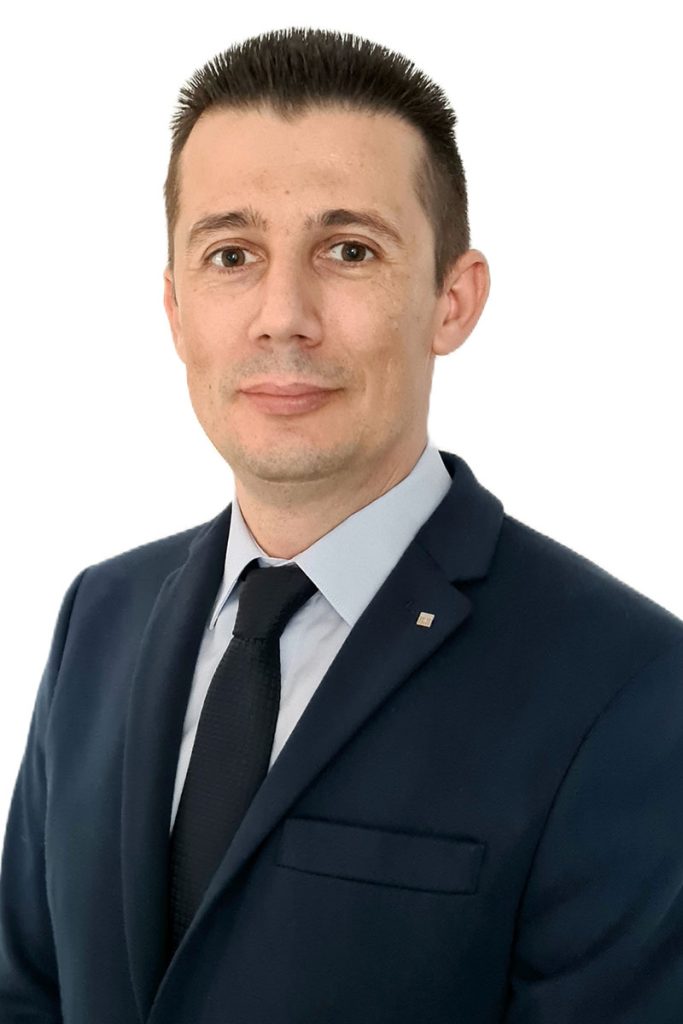Speakers
Invited speakers
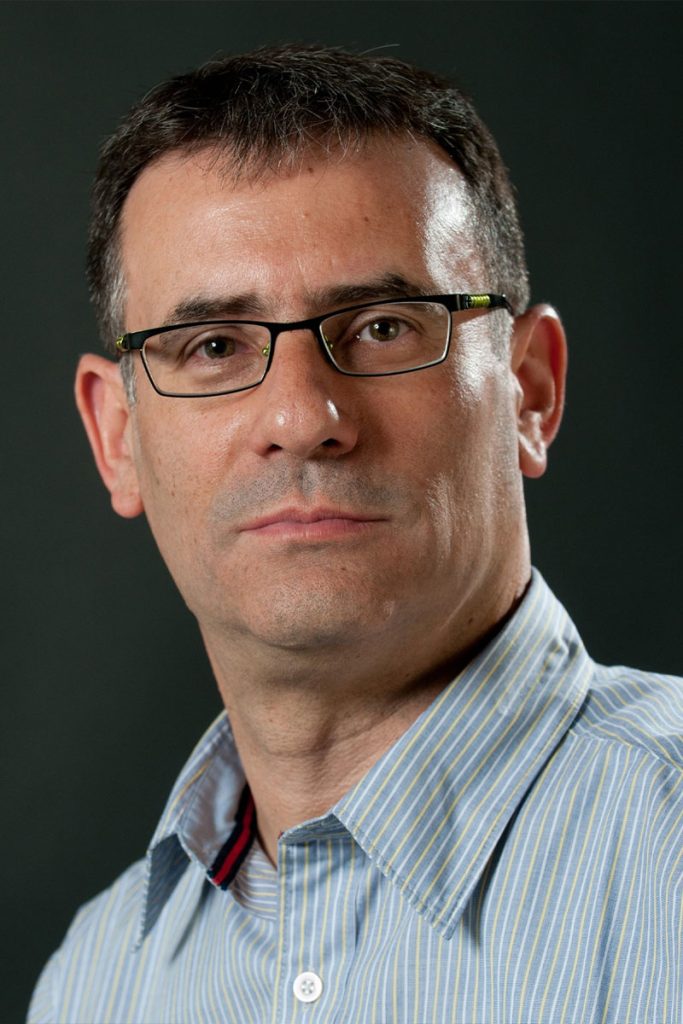
Yuval Golan, PhD
Professor at Department of Materials Engineering, Faculty of Engineering Sciences Ben-Gurion University of the Negev, Israel
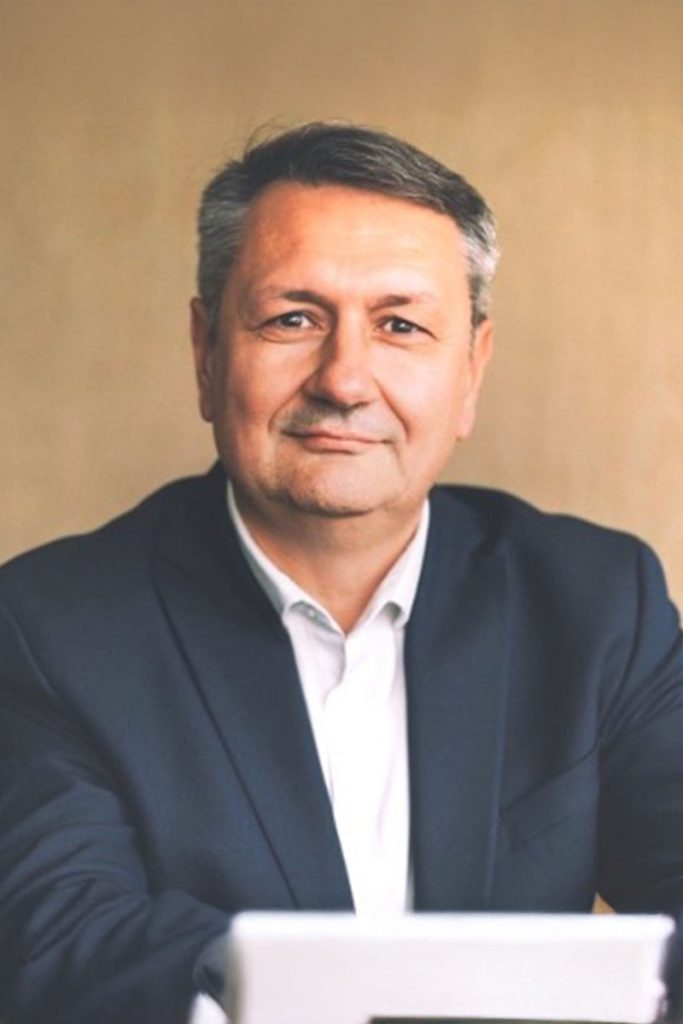
Lucian PREJBEANU
CEA Research Director
Lecture title: Spintronic innovations for frugal and agile digital technology
Lucian PREJBEANU is a CEA research director, CEA fellow and director of SPINTEC research laboratory. Pioneer of thermally assisted MRAM work, awarded the European Descartes Research Prize in 2006, he participated in the creation of the start-up Crocus Technology and ensured the technology transfer, awarded in 2012 by the SEE-IEEE Brillouin prize. He is currently working on new MRAM and sensors concepts, multifunctional spintronic-CMOS hybrid devices and ultrafast hybrid spintronic-photonic circuits in the framework of several EU and industrial funded projects. Author of more than 150 publications and inventor of more than 50 patents, he is coordinator of the memory pillar of the European STF network, running member of the AdCOM of IEEE Magnetics, IEEE Senior member, co-director of the PTA, one of the 5 main academic nanofabrication platforms of RENATECH, member of the research committee of the Grenoble-Alpes University, member of the steering committee of the Federation of Micro and Nano Technologies in Grenoble, leader of the spintronics pillar of the EQUIPEX+ Nanofutur project and coordinator of the CPER AURA SPINFAB project, coordinator of the CEA national FOCUS thesis program on low power devices for microelectronics (fifteen funded PhD thesis). He is the co-director of the national exploratory program on spintronics, recently financed In France for a 8 years duration (2023–2031), for a total amount of more than 38M€ and of a joint French-Japanese Grant ASPIRE for top scientists, jointly with Professor Yoshichika Otani.
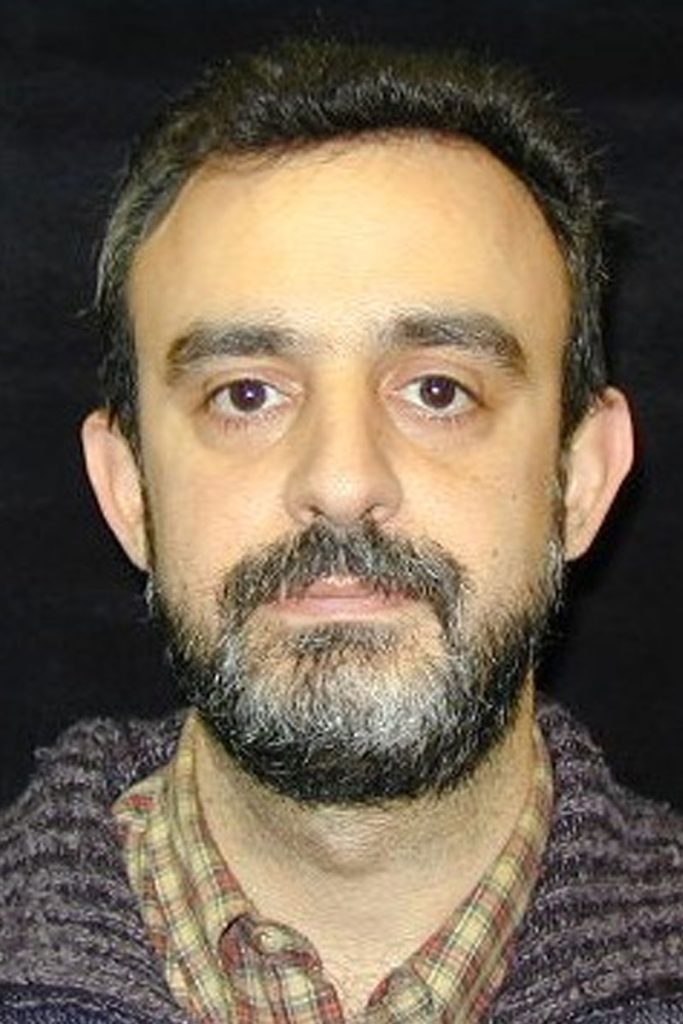
Dr. Joan-Josep Suñol
Professor in Applied Physics at the University of Girona, UdG, Spain
He coordinates the Educational Innovation in Physics group of the UdG and is a member of scientific board committees and an associate editor of three indexed journals. The research is linked to new materials for energy applications, including Fe-based nanocrystalline and amorphous alloys for soft and hard magnetic applications, alloys with magnetic shape memory for magnetic refrigeration, and alloys for hydrogen storage.
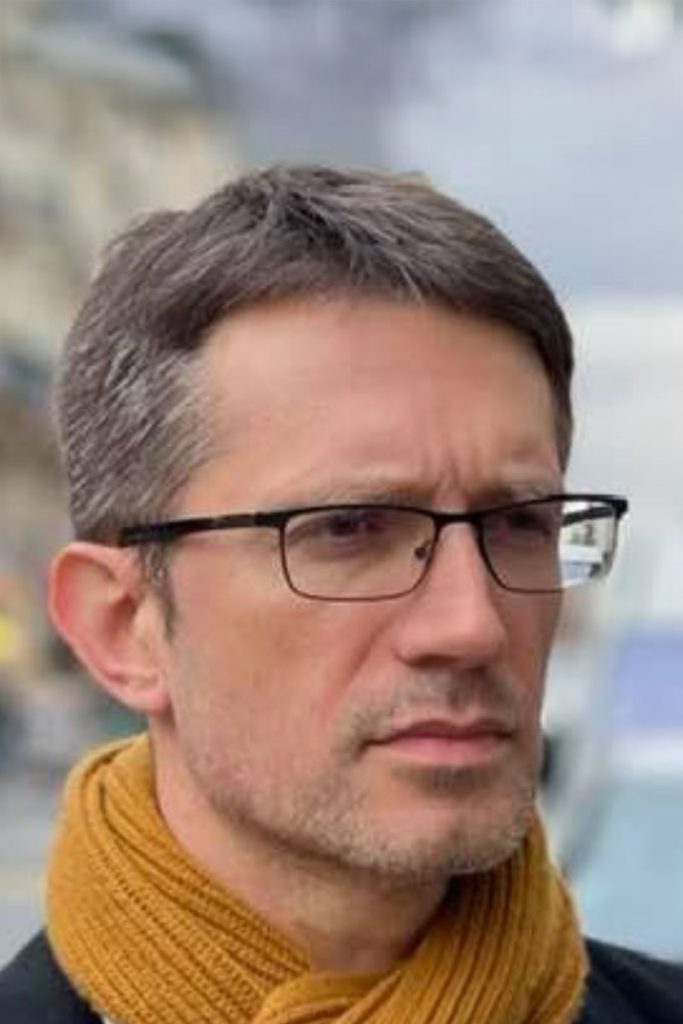
Christophe Couteau
PhD in physics from the University of Paris-Saclay
Christophe Couteau obtained his PhD in physics from the University of Paris-Saclay in 2006 working on quantum optics with quantum dots. He then spent 3 years as a post-doctorate fellow at the Institute for Quantum Computing at the University of Waterloo in Canada working on quantum cryptography and the foundations of quantum mechanics. He is now a Professor and since 2009, he works at the French University of Technology of Troyes (UTT) in France. He works on quantum photonics, nano-optics and quantum nanodevices. He also spent some time at the University of Oxford and was an adjunct assistant professor at the Department of Electrical and Electronic Engineering of the Nanyang Technological University in Singapore for 4 years, from 2012 to 2016. During this time, he was also a CNRS researcher. He is currently the director of the Laboratory Light, nanomaterials & nanotechnologies, a joint research unit between the UTT and the CNRS and a visiting fellow at the Department of Physics at Oxford University in the UK. He is currently involved in the European University of Technology – EUT+ and he is in charge of the European Research Institute EUTINN on Nanomaterials and Nanotechnologies within this consortium of 9 European universities.
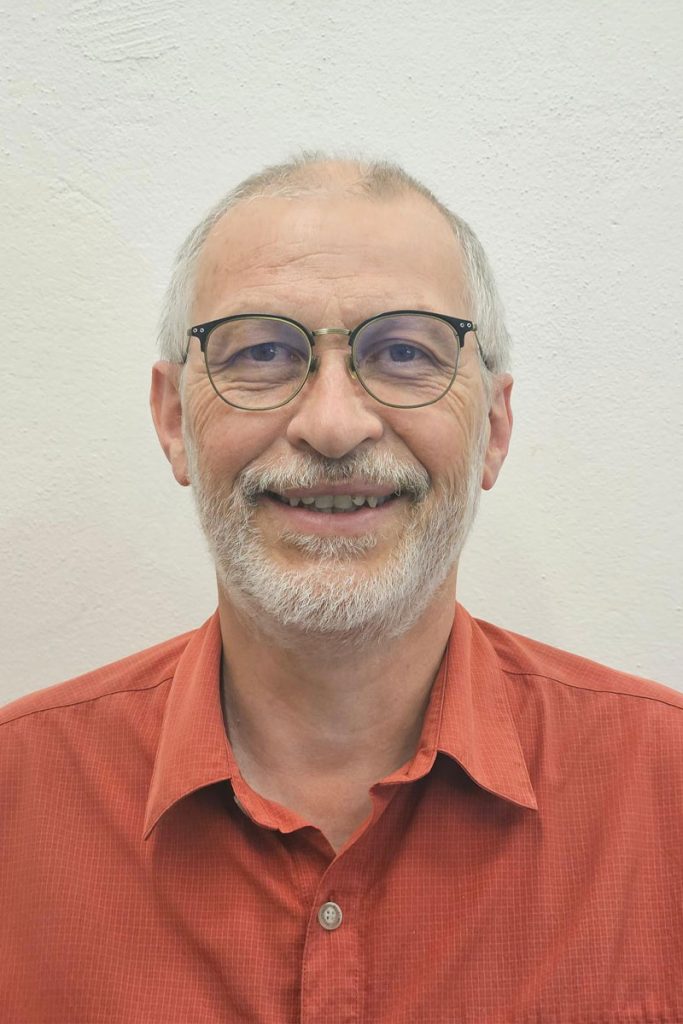
Olivier ISNARD
Univ. Grenoble Alpes France and Institut Néel, Centre National de Recherche Scientifique, CNRS, BP166X, 38042 Grenoble cédex 9,
Pr. Olivier Isnard – Univ. Grenoble Alpes, France & Institut Néel, CNRS.
Expert in materials for energy applications such as hydrogen storage and magnetic materials, including intermetallic phases and oxides. Leads a team involved in synthesis and structure investigations using X-ray (lab/synchrotron) and neutron scattering.
The team also focuses on magnetic, electrical, magnetocaloric, and thermal property measurements.
Research domains:
Soft/hard magnetic materials, permanent magnets, rare earth–transition metal intermetallics, crystallography, synchrotron spectroscopy (XANES, XMCD), high magnetic field studies, neutron scattering, time-resolved diffraction.
Education:
• 1999 – Habilitation, Université Joseph Fourier
• 1993 – PhD in Physics of Materials, Institut Laue Langevin / UJF Grenoble I
• 1995 – Postdoc, Universiteit van Amsterdam, with Pr. K.H.J. Buschow
• 1989 – Engineering, Ecole Nationale Supérieure de Physique de Grenoble (INPG)
Distinctions:
• 2000 – Honorary Member, Institut Universitaire de France
• 2014 – Doctor Honoris Causa, Universitatea Babeș-Bolyai, Cluj-Napoca
• 2017 – Doctor Honoris Causa, Universitatea Tehnică Cluj-Napoca
Experience:
• 2015–2021 – President, French Federation of Materials (FFM)
• 2011–2025 – Deputy President, FFM
• 2006–2014 – Director, HERCULES Course (Synchrotron & Neutrons)
• Co-organiser – European School on Magnetism (1999–2022)
• 1997–2009 – Responsible for D1B diffractometer, Institut Laue Langevin
• Organiser of numerous international symposia (e.g. JEMS)
• Visiting Professor in 9 universities/institutes across EU, US, and South America
Scientific output:
• 22 PhD supervisions
• 520+ peer-reviewed publications
• 3 book chapters
• 47 invited talks, 30 oral communications, 90+ posters
• 8000+ citations (ISI WoS), h-index = 40
ffmateriaux.org
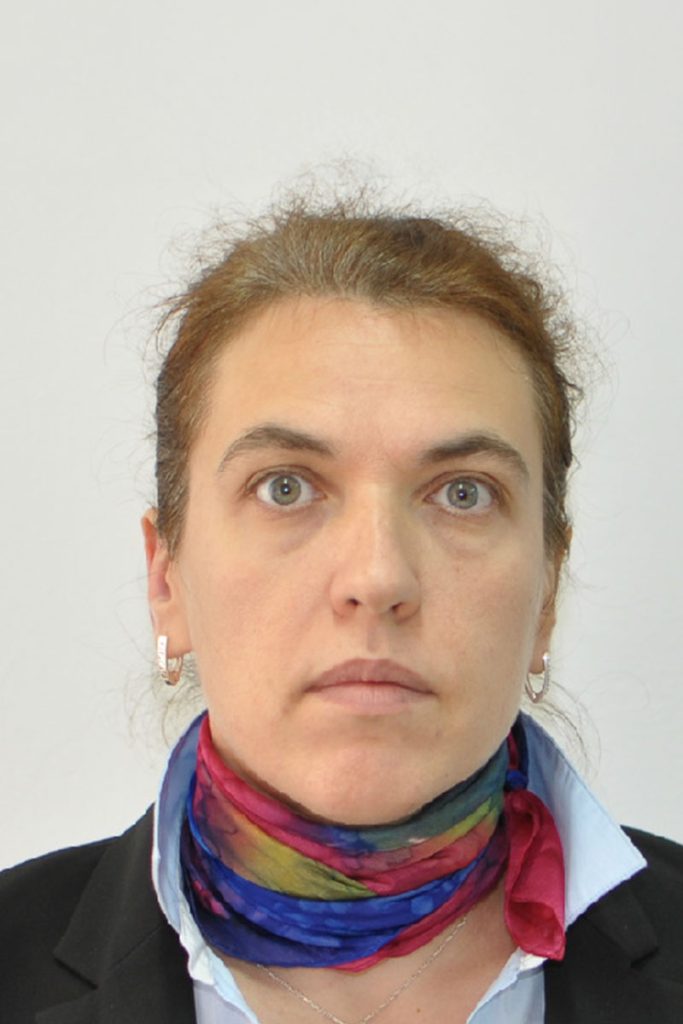
Nicoleta Lupu
General Director, National Institute of Research and Development for Technical Physics (Romania)
Title of keynote presentation: From Microstructure Tailoring to Anisotropy Control: Functional Amorphous Magnetic Wires for Advanced Applications
Her research focuses on magnetic and magnetoelastic materials, amorphous and nanocrystalline alloys, nanoparticles, and nanowire arrays, with applications ranging from sensors and actuators to energy harvesting and storage devices. She has authored over 280 ISI publications, 10 book chapters, 3 edited books, and holds 16 patents.
Dr. Lupu has delivered numerous invited lectures at major international conferences and contributes actively to the organization of leading events in magnetism, including MMM and INTERMAG. She plays a key role in the scientific community as Associate Editor-in-Chief of IEEE Transactions on Magnetics, member of the Editorial Board of npj Spintronics, and reviewer/editor for top journals. She is also an active member of IEEE Magnetics Society, APS, MRS, and EPS.
In recognition of her contributions to the field of rapidly quenched and magnetic materials, she received the Alain Reza Yavari Senior Scientist Award (2023).
Keynote
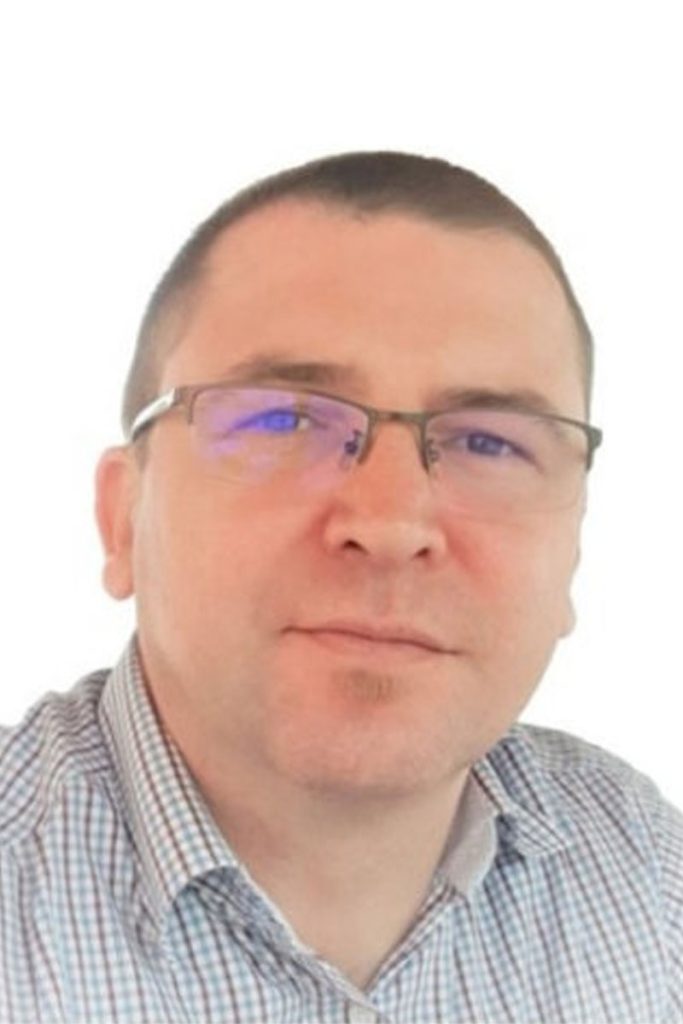
Florin Miculescu
Professor at the Materials Science and Engineering Faculty from National University of Science and Technology Politehnica Bucharest, Romania
Title of the keynote presentation: 3D printed bone reconstruction products with improved antibacterial and mechanical properties
Title of the keynote presentation:
3D printed bone reconstruction products with improved antibacterial and mechanical properties
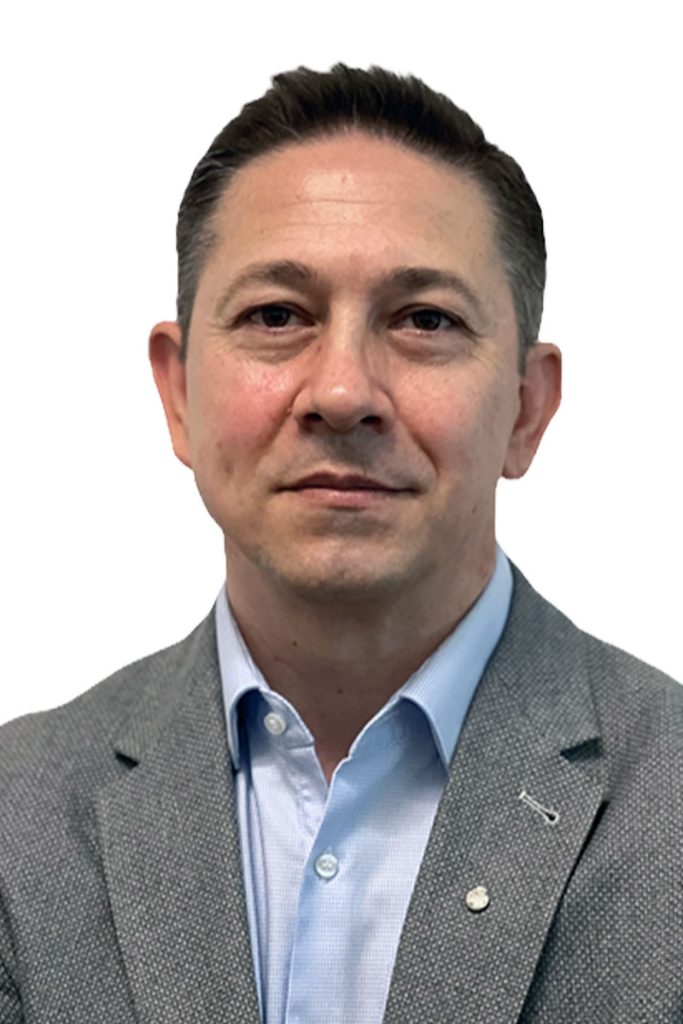
Dr. Cosmin M. Cotrut
Associate Professor at the National University of Science and Technology Politehnica Bucharest
He was invited professor at several foreign universities, including Ecole Polytechnique Universitaire de Lille (France) and Tomsk Polytechnic University (Russia).
Main research interests:
• Degradation and corrosion of biomaterials
• Surface biofunctionalization for enhanced osseointegration and antibacterial properties (biomimetic hydroxyapatite coatings doped with Mg, Sr, Ag, Zn)
• Biocompatibility and tribological property improvement (PVD coatings: nitrides, carbides, oxides, metallic glasses)
• Control of biodegradable alloy degradation (polymer/PVD coatings)
• Development of new Ti-based biocompatible alloys (classic & additive manufacturing), including surface nanostructuring and coating
Editorial roles:
• Editorial Board Member – Scientific Reports (Springer Nature)
• Editorial Board – Heliyon (CellPress)
• Editorial Board – Coatings (MDPI)
• Guest Editor – Thin Solid Films, Frontiers in Materials
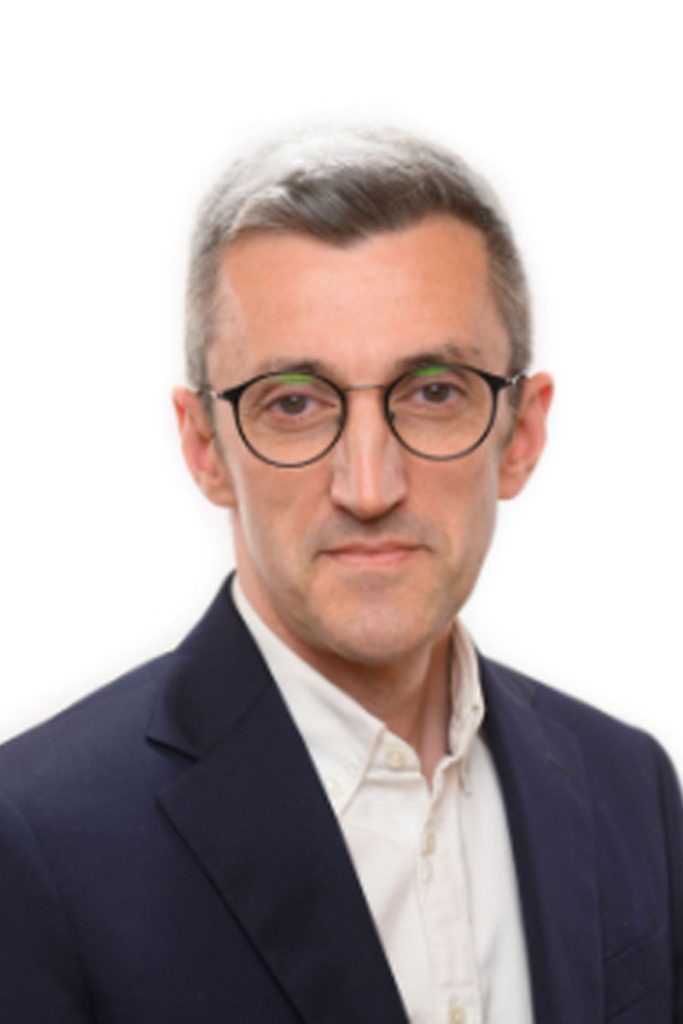
Daniel Munteanu
Vice-Rector for Students and Liaison with the Economic and Socio-Cultural Community at Transilvania University of Braso
He obtained his Ph.D. in 2002 through a collaboration with Rubig GmbH Austria and Delft University of Technology, Netherlands. In 2006, he completed a postgraduate program in Foreign Trade and International Business at the World Trade Center Tokyo. Since 2009, he has been a Ph.D. supervisor in Materials Engineering, with 7 theses completed and 3 in progress.
He coordinated multiple Erasmus/Socrates bilateral agreements with international universities, including Minho University (Portugal), Peradeniya University (Sri Lanka), Ben Gurion University of the Negev (Israel), University of Modena and Reggio Emilia (Italy), and Cyprus University of Technology.
Currently, he coordinates the Entrepreneurship in Materials Engineering B.Sc. program at UNITBV. He has published over 100 scientific articles and has led several major projects, including 4 national research grants (as Director), and contributed to 13 additional national and international projects.
He was the Romanian coordinator of the European Horizon 2020 project DREAM (2016–2019) and Director of the Bridge Grant CALINDRUL (2016–2018), focused on eco-friendly inductive hardening technology, in collaboration with Schaeffler Romania.
He also coordinates projects funded by the Institutional Development Fund of the Ministry of Education, related to student entrepreneurship and labor market integration.
Prof. Munteanu chaired the International Conference of Materials Science and Engineering – BRAMAT (editions: 2013, 2015, 2017, 2019, 2022) and co-chaired the Nano-engineered coatings and thin films symposium at EMRS Spring Meeting 2024, Strasbourg.
He served as Managing Guest Editor for journals including:
• Applied Surface Science (Elsevier)
• Materials Today Proceedings (Elsevier)
• Materials & Applied Sciences (MDPI)
• Journal of Materials Science (Springer)
• Advanced Materials Research (Trans Tech Publication)
Since 2011, he has been a member of the National Council for Certifying Academic Degrees and Diplomas (CNATDCU), Materials Science and Engineering Commission – Romanian Ministry of Education. Starting September 2024, he will serve as the President of this Commission.
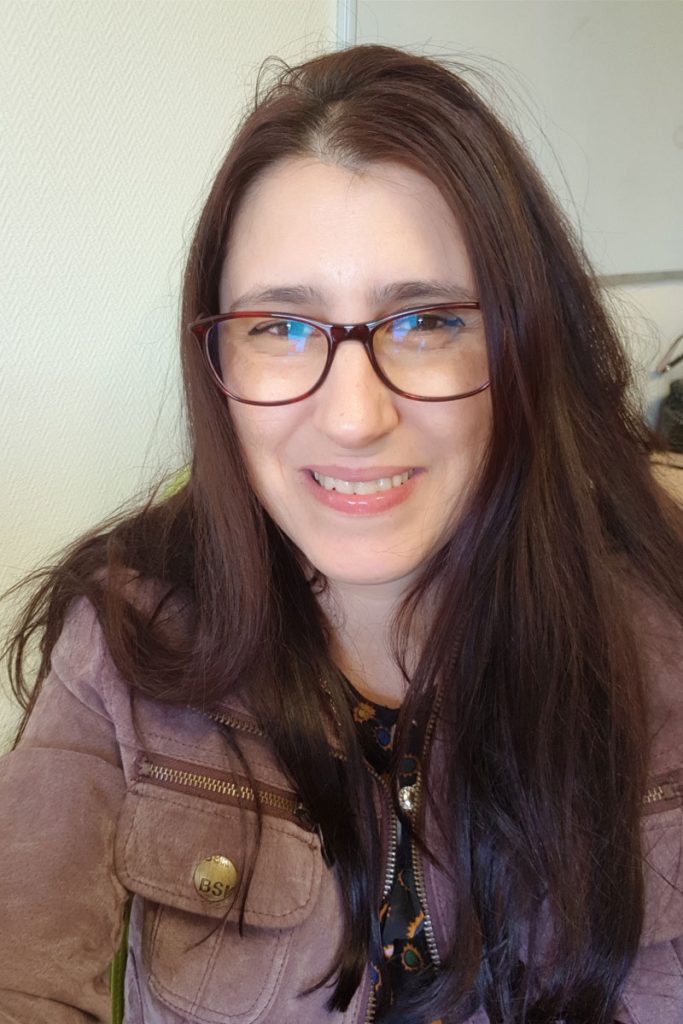
Rodica Elena Ionescu
(PhD) in Biotechnological Engineering from Ben-Gurion University of the Negev, Israel
On November 1st, 2008, Dr. Ionescu joined the Université de Technologie de Troyes (UTT) as assistant professor and member of LNIO (now L2n – Lumière, nanomatériaux, nanotechnologies). On December 4, 2009, she obtained the Habilitation à Diriger des Recherches (HDR), equivalent to Associate Professor.
Since 2011, she has been qualified by the French Ministry of Higher Education for the Full Professor position in two academic sections:
• Section 31 – Theoretical, Physical and Analytical Chemistry
• Section 64 – Biochemistry and Molecular Biology
With support from various grants, Dr. Ionescu developed innovative acoustic and optical platforms for ultrasensitive biomolecule and pesticide detection. In 2012, she received the OSEO national Innovation grant.
Between April 2014 and March 2015, she was Research Manager for a Proof-of-Concept Grant (NRF-POC 002-026) in Singapore, at Nanyang Technological University (School of Materials Science and Engineering), focused on electrochemical lateral flow biosensors for detecting Dengue virus in whole blood, under the CREATE-NTU-HUJ-BGU program.
In the last decade, Dr. Ionescu has led and contributed to major projects such as:
• Hubert Curien Partnerships (PHC)
• Laboratoire d’Excellence (LabEx)
• Agence Nationale de la Recherche (ANR)
• Contrat de Plan État-Région (CPER)
Research topics:
• Multi-analyte biosensor platforms
• (Bio)functionalization of solid/flexible substrates
• Enzymatic nanolithography
• Nanoparticle synthesis and toxicity
• Water pollutant effects on cells and microorganisms
Scientific output:
• 60+ peer-reviewed articles
• 5 book chapters
• 7 patents with 9 extensions
• 40 international conference participations
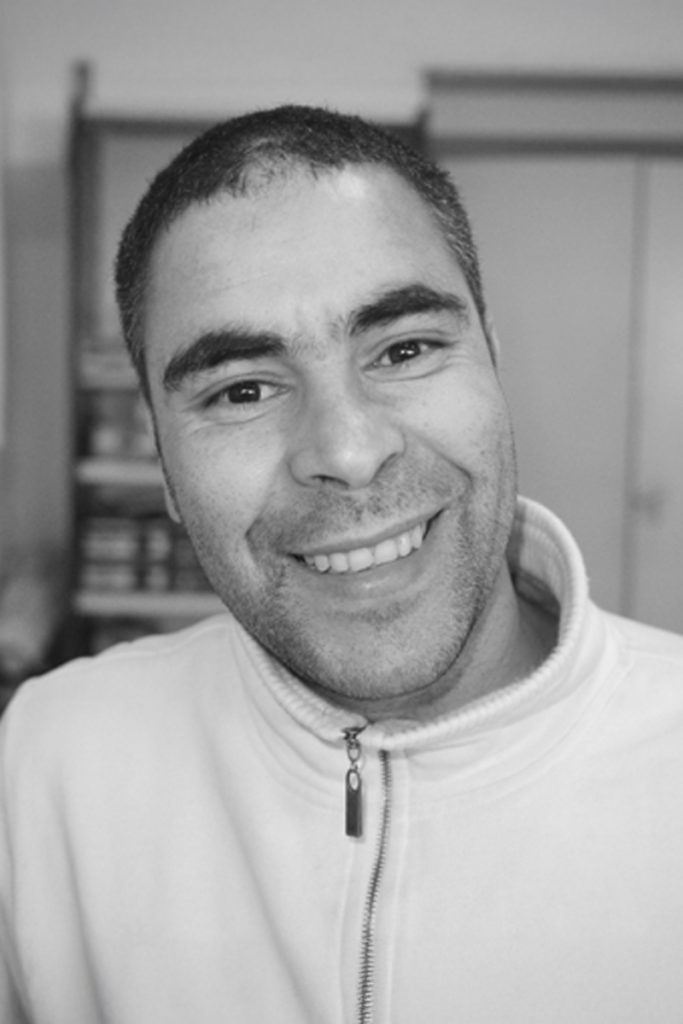
Mohamed Belmeguenai
PhD thesis at Orsay (Université Paris XI) and postdoctoral positions at Universität Regensburg (Germany)
Prof. Mohamed Belmeguenai joined the Laboratoire des Sciences des Procédés et des Matériaux (LSPM) at Université Sorbonne Paris Nord in September 2007 as an assistant professor, after completing a PhD at Université Paris XI (Orsay) and postdoctoral work at Universität Regensburg (Germany), where he focused on high-frequency magnetization dynamics in interlayer exchange-coupled NiFe/Ru/NiFe thin films.
Over the past 15+ years, he developed a broadband ferromagnetic resonance (FMR) setup and a time-resolved magnetization dynamics measurement system. He has gained advanced expertise in nanofabrication and both conventional and vector network analyzer FMR techniques.
His main research interests include:
• Correlation between structural and dynamic magnetic properties of Heusler alloys (studied since 2007 at LSPM)
• Spin Hall effect
• Electrical control of magnetization via electric field
Since 2014, he has also investigated the **Dzyaloshinskii–Moriya interaction** (DMI) in ultrathin films using **Brillouin light scattering**, exploring its relation with perpendicular magnetic anisotropy and spin pumping-induced damping.
Scientific contributions:
• 130+ publications in peer-reviewed international journals
• Participation in 90+ national and international conferences
• 4 invited talks at international conferences
Prof. Belmeguenai is currently a **Full Professor** at Université Sorbonne Paris Nord and leads an active research team at LSPM.
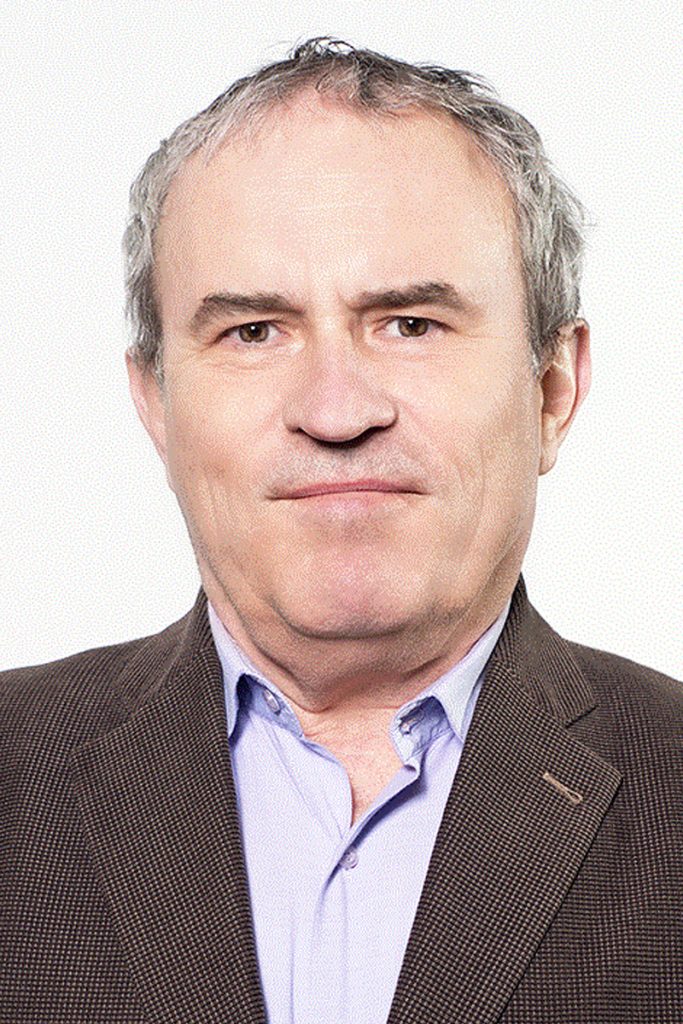
Leandru-Gheorghe BUJOREANU
Professor at the Faculty of Materials Science and Engineering from “Gheorghe Asachi” Technical University of Iasi, Romania
Fe-Mn-Si-based shape memory alloys: an alternative to NITINOL
In 2002 and 2005 he was a Visiting Scholar at the Special Research Center FSB 459 (Shape Memory Technology) of the Ruhr University of Bochum, Germany. In 2005, 2007, and 2008, Prof. Bujoreanu was a Guest Researcher at the National Institute of Materials Science in Tsukuba, Japan, where he participated in a research project dedicated to the use of Fe-based shape memory alloys for anti-seismic damping.
In 2007, 2009, 2010, 2013 and 2014 he was a Visiting Scholar at Particulate Materials Laboratory from Istanbul Technical University, Turkey, where he has carried out research activities on Powder Metallurgy Fe-based shape memory alloys.
Prof. Bujoreanu managed four national research projects, all of them related to Fe-based shape memory alloys.
As a PhD supervisor, Prof. Bujoreanu has guided six PhD theses, related to shape memory alloys, currently has the seventh thesis, dealing with the development of new applications with work-generating shape memory effect, currently in the 3-month visibility period, and has an eighth thesis that investigates the shape memory effect occurring in some recycled polymers.
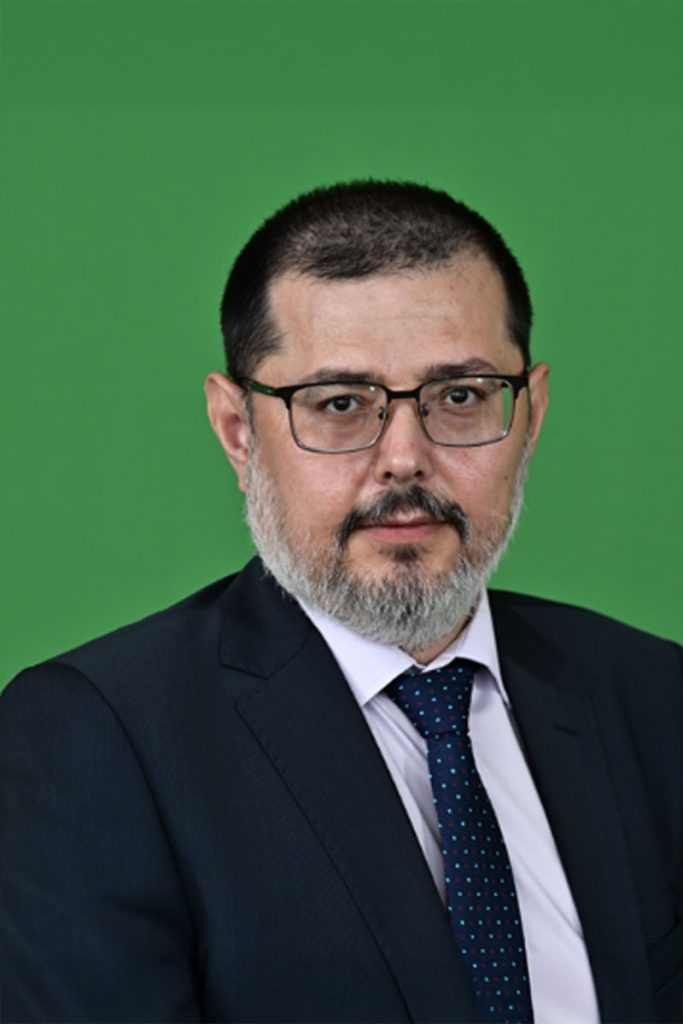
Vasile Dănuț COJOCARU
Professor & Head of Department, expert in metallic materials processing and advanced characterization of alloys (UNST POLITEHNICA Bucharest)
Title of keynote presentation:
“Specific phenomena occurring during TM processing of UNS S32750 / EN 1.4410 / F53 Super Duplex Stainless Steel (SDSS)”
His present research interests are focused on thermomechanical processing and advanced characterization of titanium-based and stainless-steel alloys, targeted at various applications, from biomedical to marine and aerospace applications.
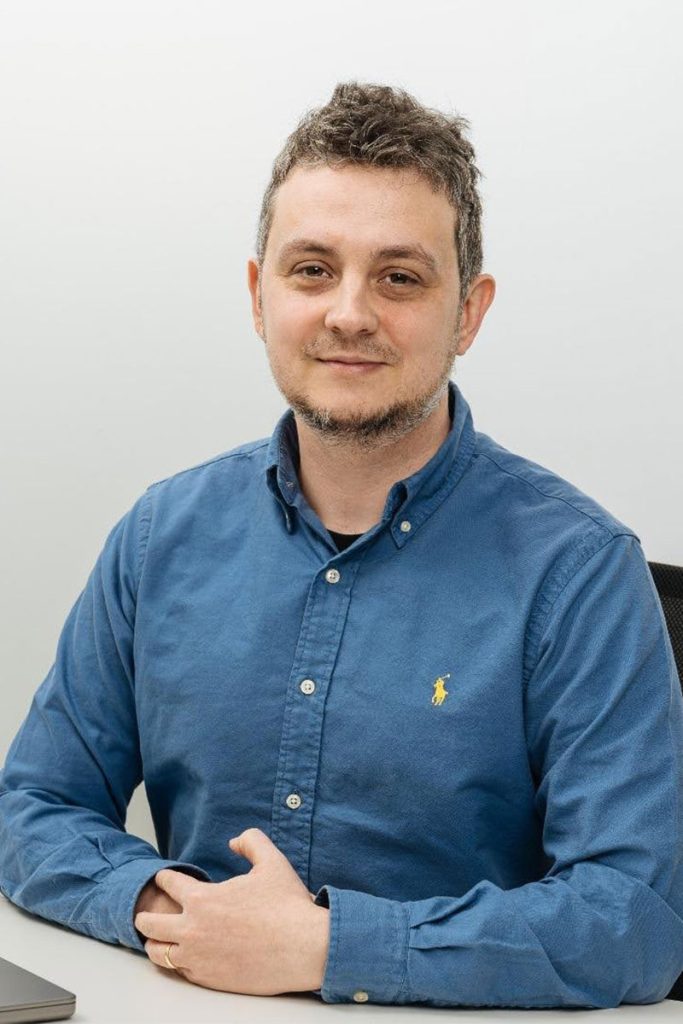
Andrei P. Mihai, PhD
Andrei is a Materials Physicist and Chief Technology Officer (CTO) at Lomare Technologies, a spin-off from Imperial College London, specializing in magnetic nanomaterials, spintronics, and advanced photodetection technologies.
